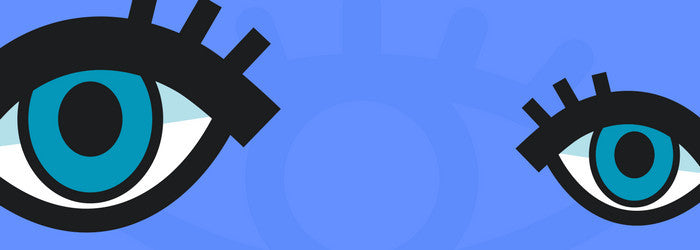Let's talk about Dry Eye
A lot of patients deal with Dry Eye on a regular basis, and we do our best to understand each patient's unique condition and how we can best put together a comfort, treatment, and overall remediation plan.
For everyone out there, it's always good to know more about conditions and symptoms, so read below about some of the most important information about Dry Eye that we've collected for you.
1. What is Dry Eye?
The normal eye produces tears that are composed of three different layers:
- The oily layer
- The watery middle layer
- The mucus inner layer
All three layers must be produced in the proper formulation in order for the tears to perform their intended function. Tears are necessary for maintaining the health of the surface of the eye and for providing clear vision. Dry Eye is a chronic and often progressive problem, especially in older adults and is more common among women.
Dry Eye occurs when the eye doesn't produce the necessary amount of tears or produces tears that are lacking in the proper composition.
2. What are the symptoms of Dry Eye?
Interestingly, one of the symptoms is excessive “watering” of the eye which is why one would question the possibility of a Dry Eye issue. Other symptoms include scratchy, irritated, “tired” or generally uncomfortable eyes.
3. What are the treatments for DRY EYE?
Dry Eye cannot be permanently cured but there are effective treatments. There may be underlying causes of Dry Eye and/or medications that can increase dryness but generally, eye drops, eye masks, ointment and/or Omega supplements can help reduce symptoms of Dry Eye.









